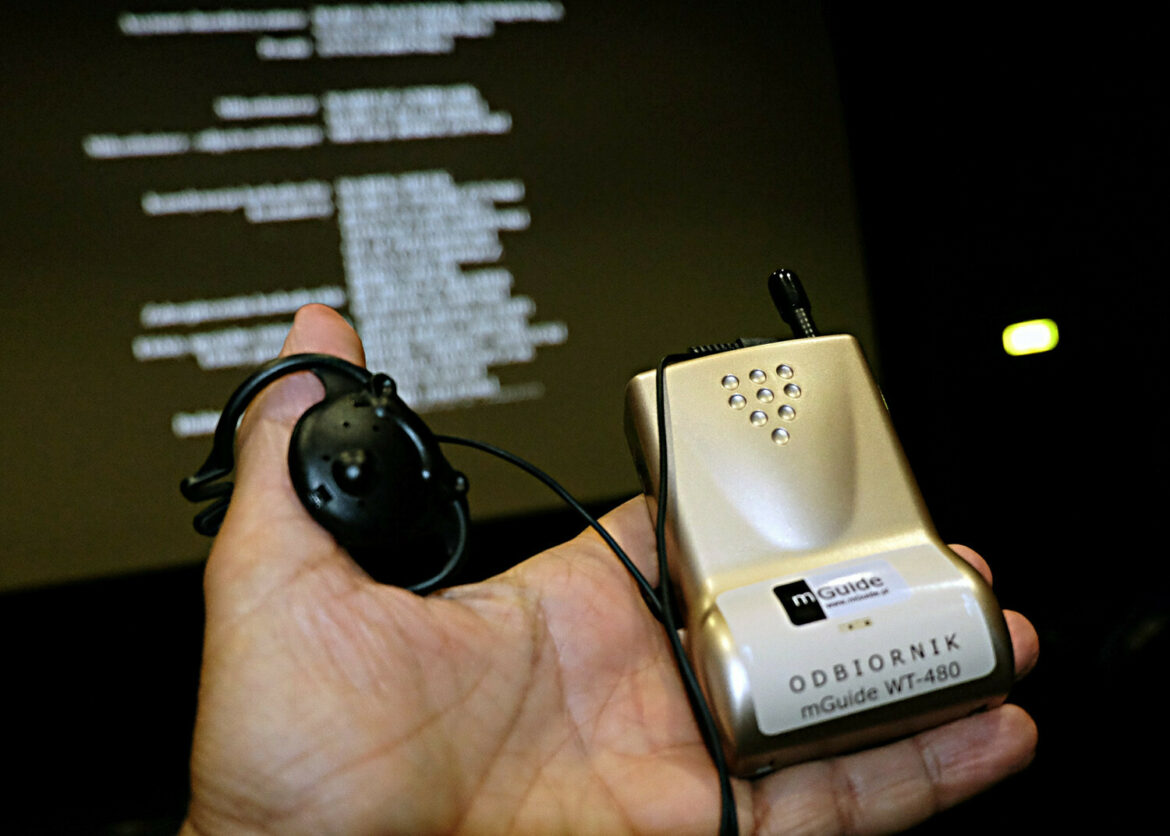Can a blind person watch a comedy and laugh at the same moments as a sighted person? Can he or she be as frightened while watching a horror film as his or her companion without visual impairment? Is she able to watch a cooking programme and then recreate the recipes presented in her kitchen? Dr Iwona Mazur from the Faculty of English at the Adam Mickiewicz University (UAM) in Poznań is working on developing a functional model of audiodescription (AD) to answer these questions in the affirmative.
Audiodescription is an accessibility service primarily aimed at providing blind and partially sighted people with access to multimodal content (such as a film, theatre performance or sporting event). AD is considered a type of translation in which images are replaced by words.
The aim of the project entitled ‘Visually impaired people and multimodal text functions: Developing a functional model of audiodescription’ is to create an innovative model of audiodescription that considers the functions of multimodal texts (such as a film, theatre performance or sporting event), the purpose of AD in a specific context, as well as the needs and expectations of visually impaired people. The result will be a practical tool for determining what to describe and how to describe it, depending on the type and genre of the text (e.g., a drama film, a comedy, a reality show, an advertisement, etc.).
In order to be able to determine what to describe, to ensure that the description is concise and fits into the short pauses between dialogues, an original classification of multimodal texts will be created, followed by a framework for a multidimensional analysis of the source text. This analysis will aim to identify the so-called functional priorities in a given text, which in turn will influence the choice of audiodescription strategies, thus answering the question “how to describe?”.
Adrian Andrzejewski





